Obstructive sleep apnea is certainly something that has the potential to be dangerous. This particular sleep disorder is known to obstruct (get it?) the airways in a person while they’re sleeping. This means that the person who is suffering from this disorder will actually stop breathing several times during the night. It can be scary to think about and not everyone is aware they have it. 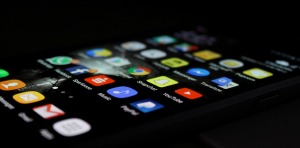 Maybe you sleep alone and there is no one to catch the sounds you’re making. Maybe you sleep with a heavy sleeper who wouldn’t notice if an earthquake happened. Whatever the reason, it’s important to take that step forward into investigating when you don’t get a good night’s sleep more than once a week.
Maybe you sleep alone and there is no one to catch the sounds you’re making. Maybe you sleep with a heavy sleeper who wouldn’t notice if an earthquake happened. Whatever the reason, it’s important to take that step forward into investigating when you don’t get a good night’s sleep more than once a week.
The great news is that there’s an app for that (frankly, there are also some pretty excellent devices, as you probably will note in this SnoreRX review). Really, there is an app that was developed that will measure the sounds you make while you sleep to see if you suffer from obstructive sleep apnea:
With new technologies been invented for early diagnosis and treatment of various disorders, the Ben-Gurion University, Israel has come up with an innovative smartphone-based system for assessing a patients’ obstructive sleep apnea and sleep–wake activity, a study of how sleepy one feels. The technique of assessing the activity is cheap and easy to use and can possibly serve as an alternative over the traditional polysomnography in few studies.
The patient is not required to be connected to any sort of sensors to assess the activity. Instead, it performs on a program that can be downloaded on the smartphone to examine sleep and speech sounds. The microphone of the smartphone is used by the software to hear the sounds a sleeping person generates. The recorded sounds are processed and classified to determine specific events such as coughing, wheezing, or snoring.
To evaluate the accuracy of the software, the research team performed an analysis which included 350 volunteers. It was found that the smartphone-based system was able to accurately verify the sleeping events and assess the sleep–wake activity and obstructive sleep apnea in the subjects.
Professor Tarasiuk and Dr. Zigel said, “We have built a contact-free speech signal analysis that can aid in early diagnosis of sleep disorders and obstructive sleep apnea.”
Via: http://greaterpatchoguedaily.com/smartphone-app-analyzes-obstructive-sleep-apnea/12098
It’s great to see new technology being developed to help people. Not everyone has the time or money to invest in visiting a sleep clinic or even bringing up this potential issue with a doctor. Being able to test it out in your own home gives you that freedom to be more comfortable in your surroundings. By visiting your healthcare professional armed with information, you can circumvent difficult tests or bypass the waiting game while your doctor tries to determine what tests are needed and when you could go. It doesn’t replace the need for a healthcare visit; it enhances it. This is especially useful for those who live alone or for those who think it’s just a snoring issue. Snoring can be a sign of sleep apnea so instead of passing the earplugs over, fire up the app and see what comes out of it.

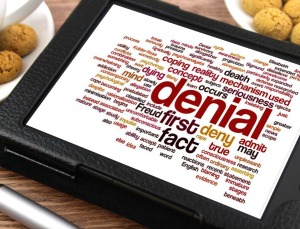 the fact that they can rattle windows in their sleep or truly believe they don’t snore. As someone who is sharing a bed with a snorer in denial you might find yourself fighting a losing battle every time you try to bring it up. Your option might be to stay up all night to try to record them snoring, but that
the fact that they can rattle windows in their sleep or truly believe they don’t snore. As someone who is sharing a bed with a snorer in denial you might find yourself fighting a losing battle every time you try to bring it up. Your option might be to stay up all night to try to record them snoring, but that 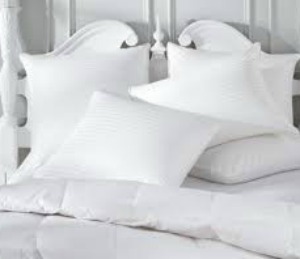 something bulky on your wrist or something wrapped around your head isn’t necessarily going to make things any better for you. Comfort is one of the biggest challenges that all sleep aids face. Mouthpieces are being made in different sizes with softer materials and wearables are getting thinner and lighter.
something bulky on your wrist or something wrapped around your head isn’t necessarily going to make things any better for you. Comfort is one of the biggest challenges that all sleep aids face. Mouthpieces are being made in different sizes with softer materials and wearables are getting thinner and lighter. 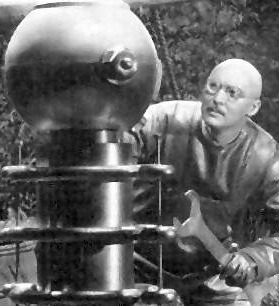 not have thought they would belong in before. For those of us who snore, having new ways to combat an age-old problem is a great way to feel as though something is actually being done about the snoring issue. Snoring can happen to anyone and doesn’t discriminate. Young and old, male or female, people can and will snore.
not have thought they would belong in before. For those of us who snore, having new ways to combat an age-old problem is a great way to feel as though something is actually being done about the snoring issue. Snoring can happen to anyone and doesn’t discriminate. Young and old, male or female, people can and will snore.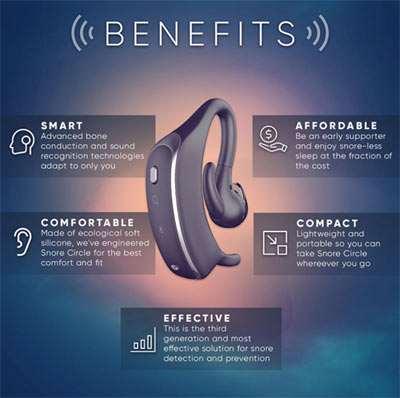 However, one of the main issues that people find tough with snoring and sleep apnea is a lack of sleep. A lack of sustained, restful, full-blown, relaxed sleep. The kind where the dreams are strong and restful. The real reason for good sleep, after all.
However, one of the main issues that people find tough with snoring and sleep apnea is a lack of sleep. A lack of sustained, restful, full-blown, relaxed sleep. The kind where the dreams are strong and restful. The real reason for good sleep, after all.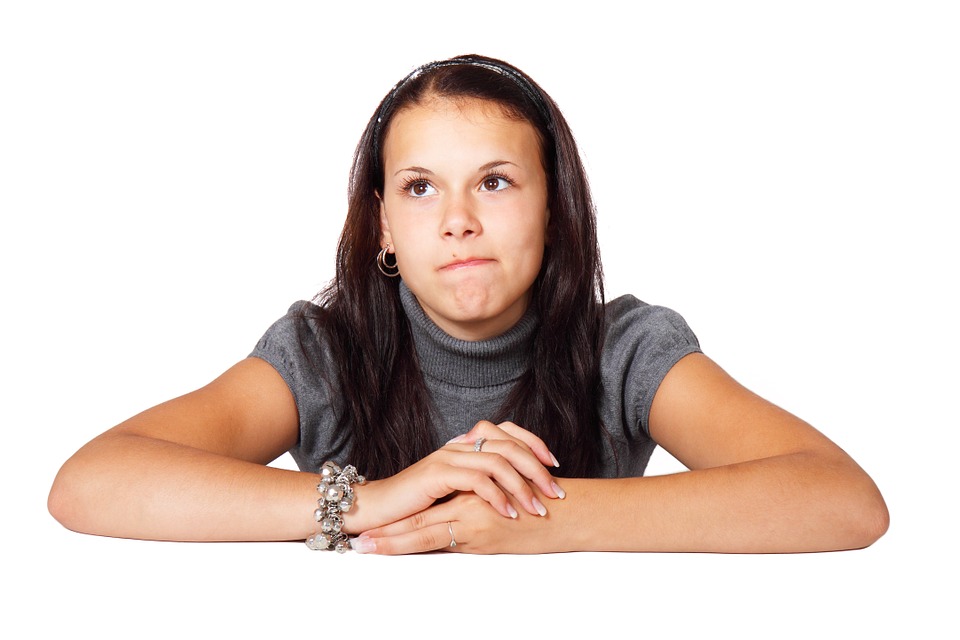
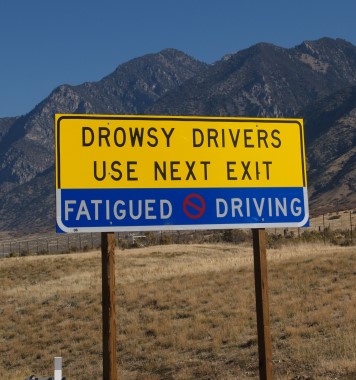
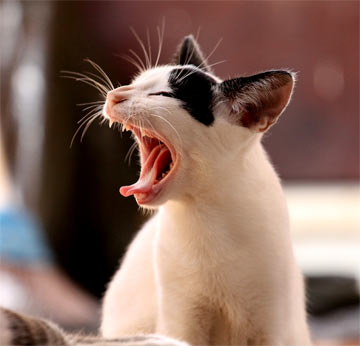 There are some simple truths, however, and a key one is that we all need a good amount of sleep to survive. For most people, that means anywhere from 6-8 hours of sleep per night. This is the same kind of sleep that can be easily interrupted by snoring, which is why many people may be overestimating the sheer amount of sleep they’re actually receiving.
There are some simple truths, however, and a key one is that we all need a good amount of sleep to survive. For most people, that means anywhere from 6-8 hours of sleep per night. This is the same kind of sleep that can be easily interrupted by snoring, which is why many people may be overestimating the sheer amount of sleep they’re actually receiving.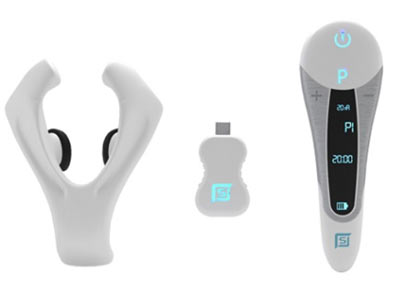 So, in terms of snoring mouthpieces that are fantastic and have been proven over and over again to really halt the symptoms of snoring, you’re really not going to get much better than the SnoreRX (
So, in terms of snoring mouthpieces that are fantastic and have been proven over and over again to really halt the symptoms of snoring, you’re really not going to get much better than the SnoreRX (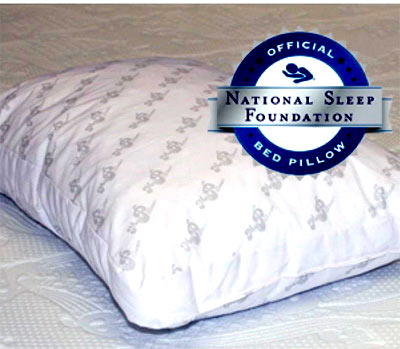 So we’re probably all about sick of con games at this point. It’s enough so that many are probably having difficulties sleeping at night! And on the latter point, it looks like another scam has come about: this one from a product that has become popular, despite some claims that even the FTC is balking about:
So we’re probably all about sick of con games at this point. It’s enough so that many are probably having difficulties sleeping at night! And on the latter point, it looks like another scam has come about: this one from a product that has become popular, despite some claims that even the FTC is balking about: